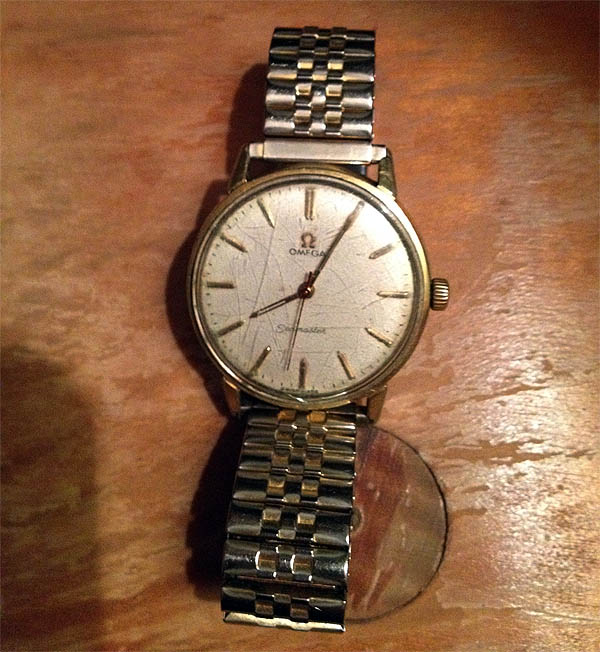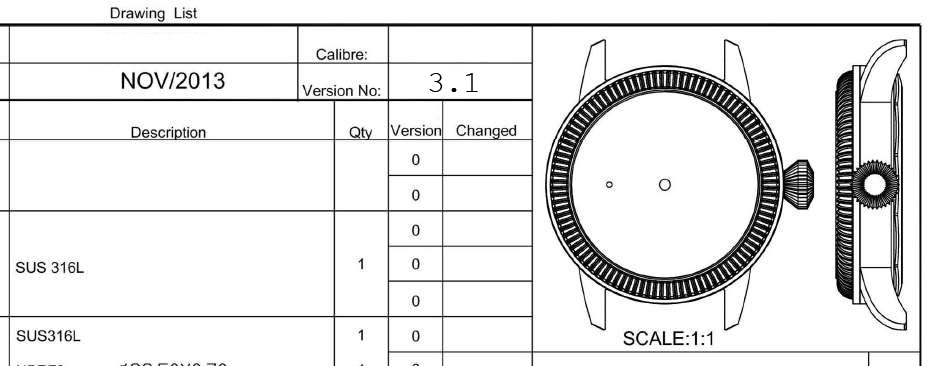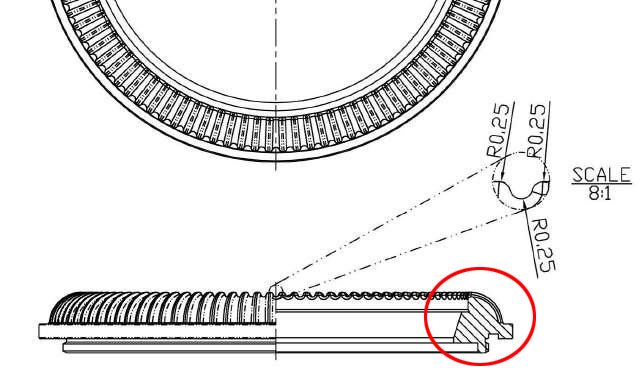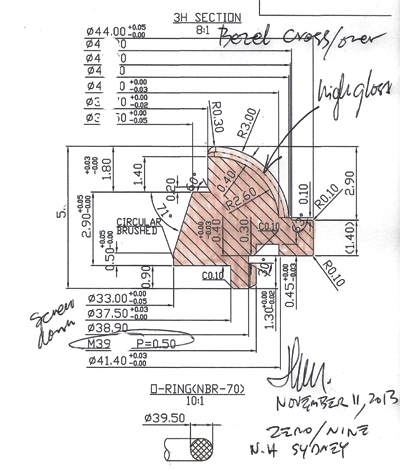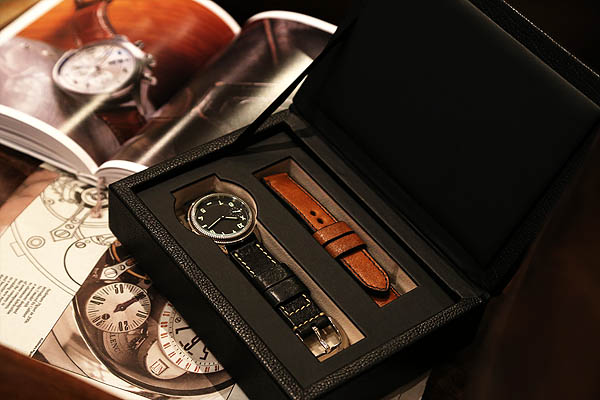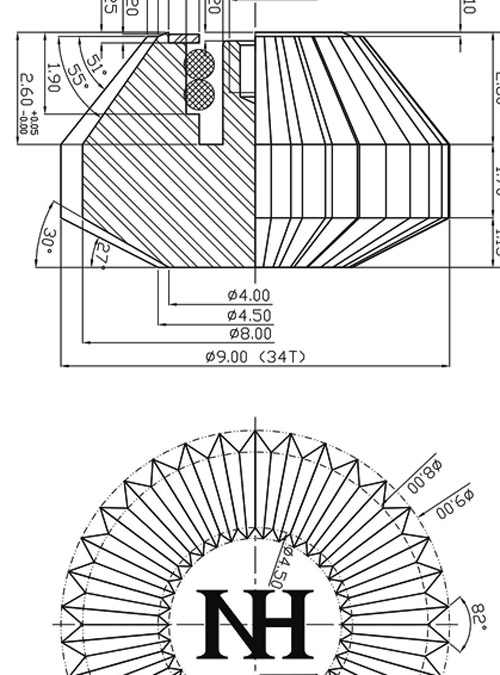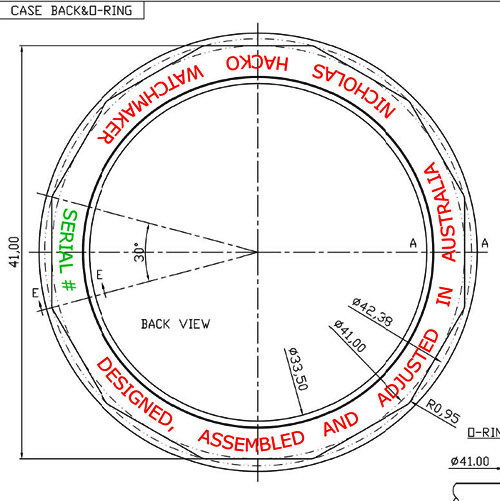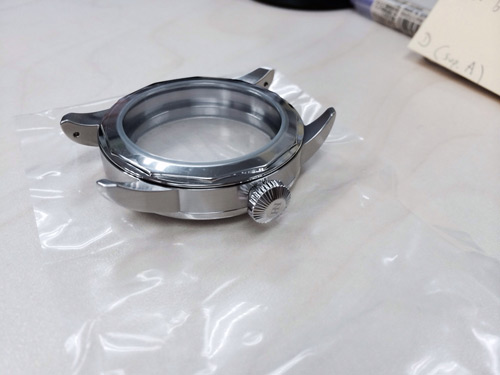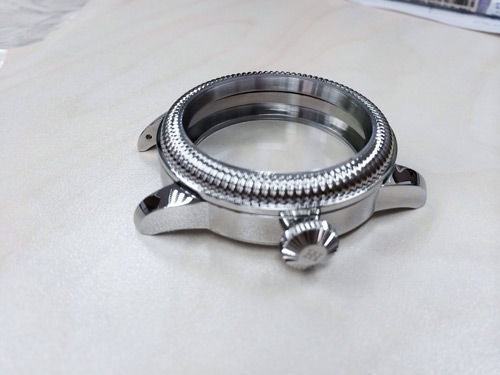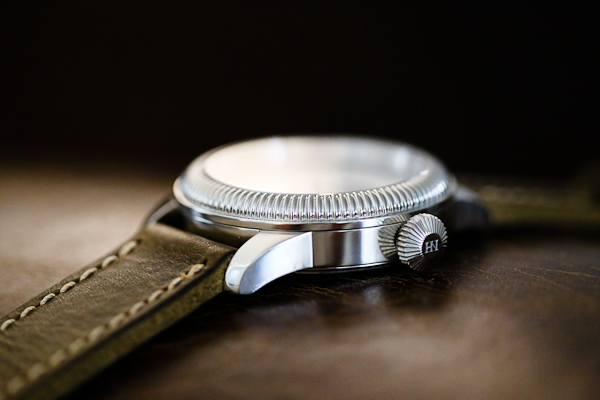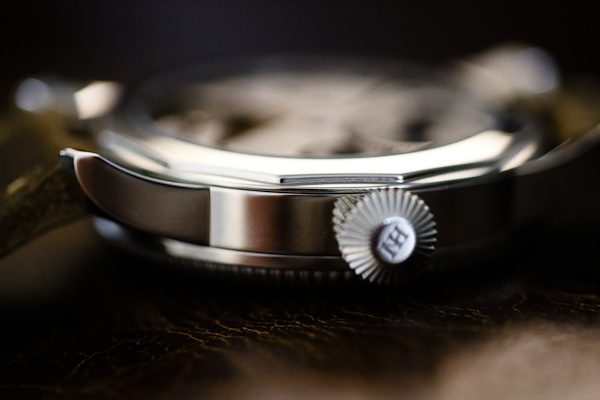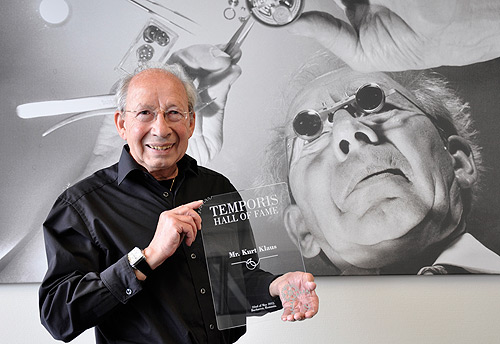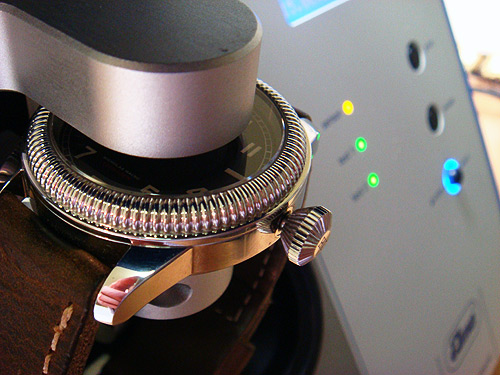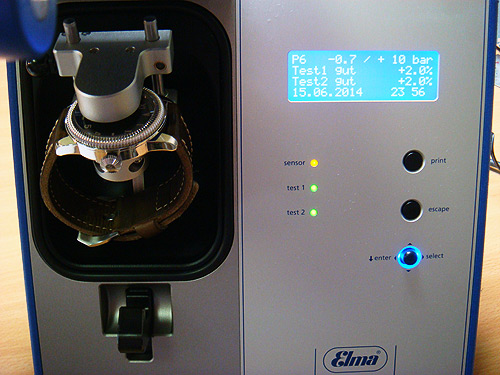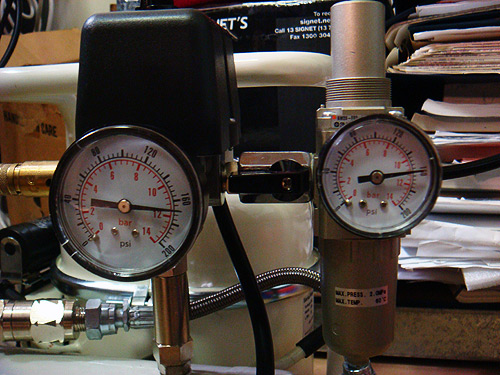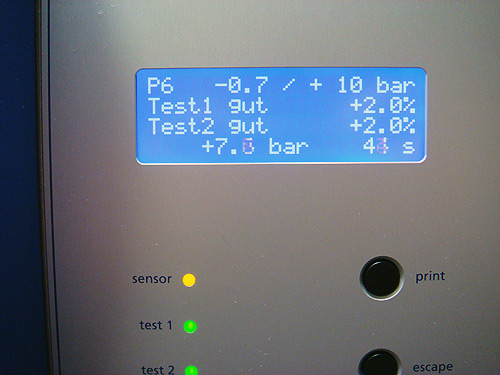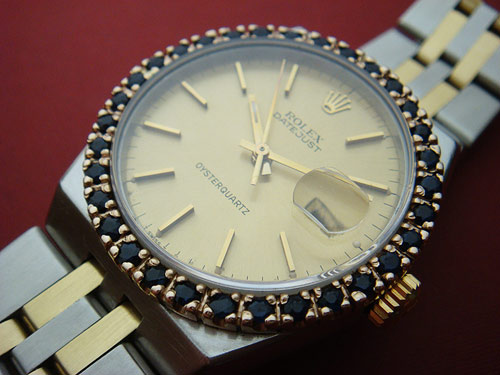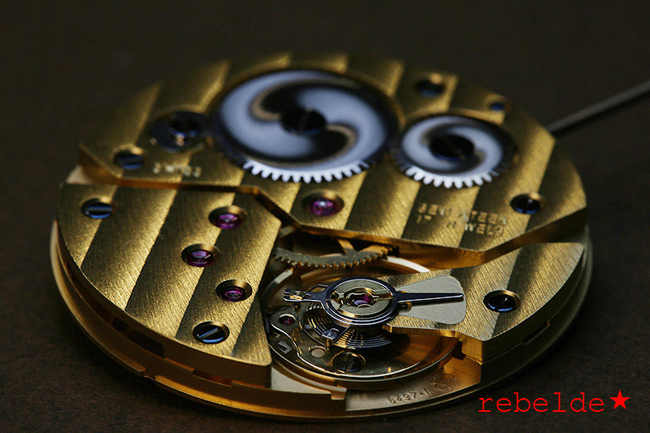"Dear N,
A few months ago I emailed you for a repair quote on (a new) Longines watch.
You advised me to send it back to Longines for warranty repair.
However they've sent it back to me telling me there was no problem with the watch.
I wonder if you can help me.
The problem I have with it is that the moon-shaped date indicator is slightly out of alignment,
as you can see in the examples below. The fault is minor but is definitely there.
I had the watch for 2 days before I noticed it.
Another fault with the watch is with the 24-hour hand, which is perfectly aligned when set to
3pm, but becomes gradually off alignment, until it is quite visibly misalign when set to 3am.
This is probably a printing issue on the dial, and I wonder if you can correct it so that it
at least touches the dot at both times, even if the alignment will be slightly off at 3pm.
Please see the attached picture.
These 2 minor faults are ruining my enjoyment of this watch, and I'd be glad if you could
provide me with a quote. Tuesday is my day off work so I can bring it in today if you like.
Sincerely, E."
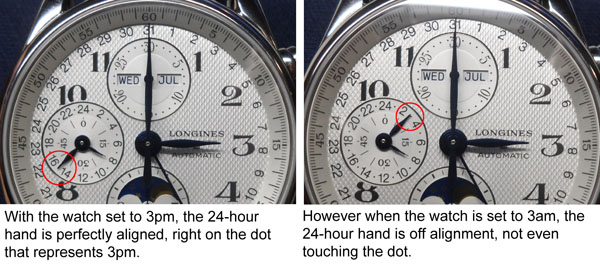

Dear E,
You sound like a nice guy so I'll try to answer your question to the best of my ability.
You may not like my suggestion, but at least this will give you some insight.
I think your problem is small but complex, so let's try to simplify it by taking it
one step at a time.
1. Is there a problem with misalignment?
Yes! Without any doubt, your watch is not perfect.
Anyone - an especially a manufacturer- who denies imperfection is
not doing you a service. Actually, denial is a sign of very poor customer service.
2. What is causing the misalignment?
This one will take bit of time, so please bear with me.
Suppose you and your girlfriend arrange to meet at 7:00pm for dinner.
You arrive at 7:00pm to a second. She is 5 minutes late, arriving at 7:05pm.
Not a big deal, you've only had to wait for 5 minutes.
However, both of you agree that in future, arriving within 5 minutes of set time is most
either of you would tolerate.
Next time, you arrive at 6:55pm, and she is again there at 7:05pm.
While both of you have honoured the deal by arriving within 5 minutes from the set time,
you now had to wait 10 minutes! Figure that one out...
Like people, watch gears follow their own paths and arrive at certain points in their
own time, within certain tolerance. The calendar wheels, GMT wheels, and hour & minute
wheels are notorious as culprits for misalignment.
The reason is simple: those wheels are designed so they can be set and turned by the owner.
Which mean they are fairly large to withstand external force required for date or GMT setting.
The trade-off is a fair bit of inevitable 'play'.
Of course, watch manufacturers can design more precise setting wheels, but
they will have much smaller teeth and as such would be prone to breaking.
Large wheels come with larger tolerance.
And when you have two or more wheels working together, the total
tolerance is compounded.
In other words, while each individual wheel is within its own set tolerance,
the total error could be larger -- which in your case is the reason that the date pointer
aligns perfectly in some positions, and less perfectly in others.
3. How to fix the problem?
Unfortunately, there is no easy fix because misalignment it not caused by a single imperfect
wheel, but a number of good wheels which are within or just slightly out of tolerance.
Replacement of one wheel will not fix the problem, even if you
are somehow able to pinpoint the wheel with the worst tolerance.
4. Is it worth trying to fix it?
No. Instead of wasting your time and a watchmakers time, it is easier to
learn to live with a small imperfection.
Of course, in some cases, misalignment can be easily rectified. For example, if the
pointer is slightly off on ALL days, but that is unfortunately not your case.
5. So is my Longines is a bad watch?
No, it is not. Misalignment due to compound tolerance error is
something one can expect in any mechanical device, by any maker.
Of course, manufacturers of high grade watches are well aware of this problem and
selection of individual components during the build phase is a very important step.
The bottom line is this: watchmaking is not about reaching perfection.
Rather, it is a quest of reducing imperfection.
All watches are imperfect to some degree.
This is just the nature of mechanical micro engineering.
Don't let such small imperfections ruin your enjoyment of an otherwise lovely watch.
Thank you for allowing me to share your email and images with fellow subscribers.
